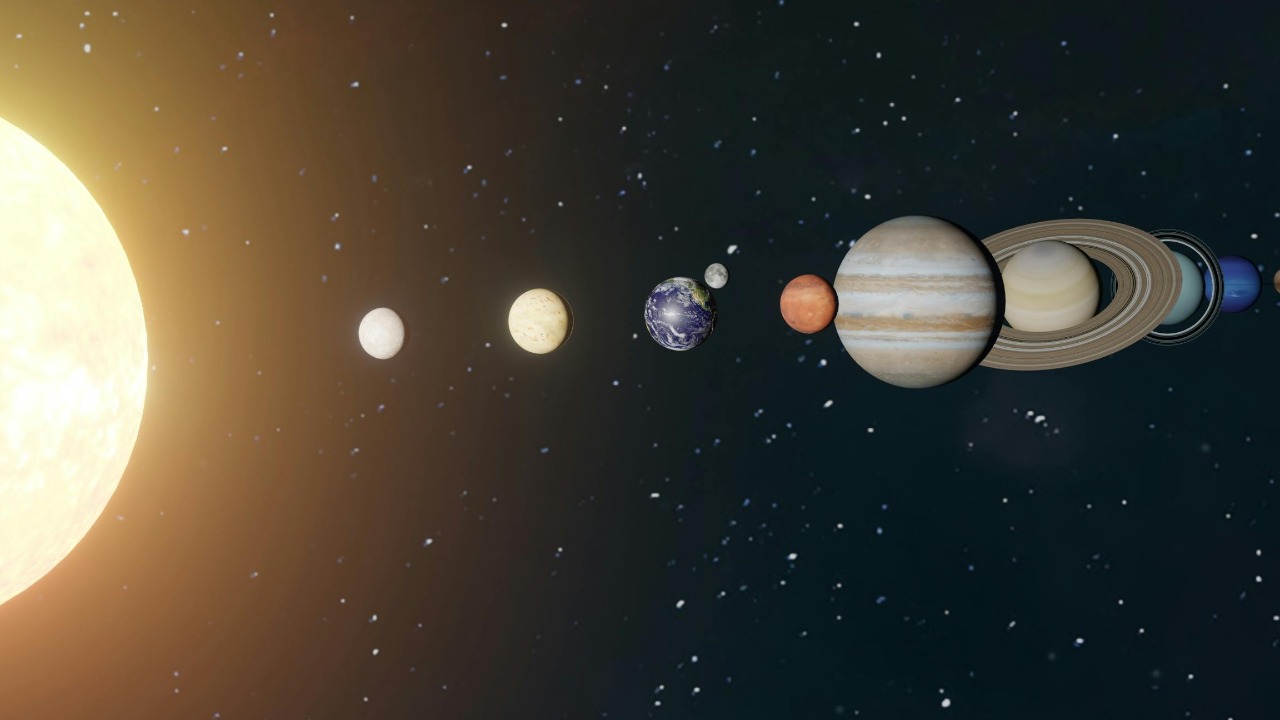
Astronomers have identified a new interstellar visitor, 3I/ATLAS, which entered the solar system on July 2, 2025. This mysterious object, the third confirmed interstellar interloper after ‘Oumuamua and Borisov, has sparked a flurry of observations as experts seek to determine whether it is a comet, asteroid, or something entirely different. The discovery of 3I/ATLAS adds to our understanding of the outer solar system, building on previous explorations such as the 2020 identification of 139 new minor planets.
Background on Outer Solar System Discoveries
The discovery of the Kuiper Belt in the 1990s significantly altered our understanding of the solar system. This vast ring of icy bodies beyond Neptune challenged previous models of planetary formation and highlighted the region’s role in the origins of comets. The Kuiper Belt’s existence has provided a new perspective on the dynamic processes that shape our solar system, emphasizing the importance of studying these distant realms [source].
On March 31, 2020, astronomers announced the detection of 139 new minor planets in the outer solar system. This discovery expanded the known population of trans-Neptunian objects and underscored the contributions of ongoing surveys in mapping these distant areas. Such findings are crucial for understanding the composition and behavior of objects that reside in the outer reaches of our solar system [source].
Initial Detection of 3I/ATLAS
The interstellar object 3I/ATLAS was first spotted entering the solar system by the ATLAS telescope system. This rare visitor from outside our stellar neighborhood has captured the attention of astronomers worldwide. Early observations revealed a mystery surrounding the object’s composition and trajectory, with its hyperbolic orbit confirming its interstellar origins [source].
On July 3, 2025, further observations highlighted the enigmatic nature of 3I/ATLAS as it sped through the outer solar system. The object’s path and characteristics have prompted scientists to investigate its potential similarities to known celestial bodies, such as comets or asteroids. This investigation is crucial for understanding the diversity of objects that traverse interstellar space [source].
Uncertainties and Scientific Debate
Astronomers are currently debating the nature of 3I/ATLAS, with some suggesting it may resemble a comet due to potential outgassing, while others propose it could be more asteroid-like. These discussions are based on the object’s brightness variations and speed as it moves through the solar system. Understanding its true nature is essential for expanding our knowledge of interstellar objects and their potential impact on our solar system [source].
The object’s trajectory places it near the Kuiper Belt region, where previous discoveries, such as the 139 new minor planets identified in 2020, provide valuable context for comparing its properties to local icy bodies. This comparison is vital for assessing the similarities and differences between interstellar visitors and native solar system objects [source].
Implications for Solar System Studies
As the third interstellar object, 3I/ATLAS offers significant insights into the materials and diversity of objects in interstellar space. Its presence in our solar system provides a unique opportunity to study extrasolar materials and understand the processes that govern their movement and interaction with our solar system. This discovery echoes the transformative impact of the Kuiper Belt’s revelation in the 1990s, which reshaped our understanding of the outer solar system’s structure and its potential for hosting transient visitors [source].
The ongoing study of 3I/ATLAS and similar interstellar objects is crucial for advancing our understanding of the universe. By examining these visitors, scientists can gain insights into the conditions and processes that exist beyond our solar system, ultimately enriching our knowledge of the cosmos and our place within it. The continued exploration of the outer solar system and its interstellar visitors promises to reveal new and exciting discoveries that will shape our understanding of the universe for years to come.